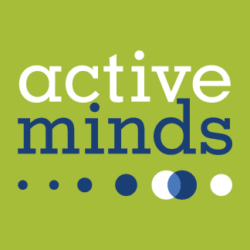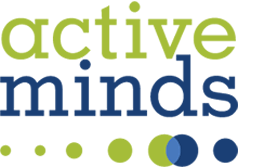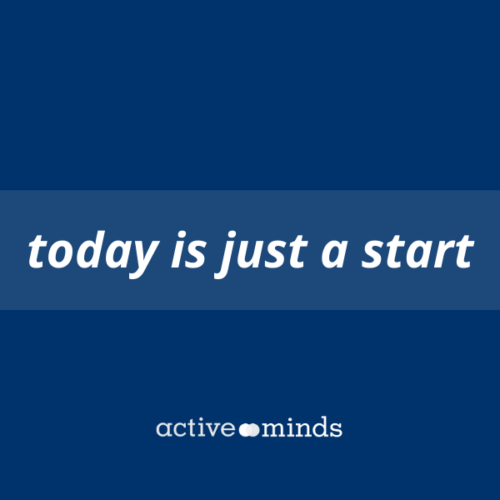When I joined my Active Minds chapter during my first year of college, I was one of the few people of color on our leadership team despite the racial and ethnic diversity present at my university.
I joined to decrease stigma for others. Although I strongly believed this, I still held a lot of stigma towards my own mental health needs and never considered therapy as a realistic option for myself. I had never talked about it with my family, or to my friends of color. I didn’t know anyone who looked like me going to therapy. Even though counseling services at my university were available to all students, I saw myself as the asterisk to that. I felt I wasn’t allowed.
Once I began therapy, I learned a lot about myself. I gained skills to regulate anxious thoughts and emotions. I saw the benefit. I found these skills worked for me despite not knowing anyone else who looked like me who went to therapy. I also realized my initial aversion to therapy was likely shared by other students of color who, too, saw themselves as asterisks.
When I became president of my Active Minds chapter the following year, I wanted to host an event where other people of color could share about mental health in their cultures.
My university is lucky to have such strong identity-based student organizations, so we invited each to speak about how mental health is perceived and addressed in their community. They made short presentations, sharing concepts and statistics. They did not have to share personal stories, but could if they wanted. To encourage other students to attend, we asked each organization to bring a food dish from their culture to share with all (with the help of student organization funding, we were able to reimburse them for these costs). There is nothing like an international potluck to get people to attend a panel discussion.

What I noticed at this discussion was the most powerful statements were short revelations with big impacts. An Asian panelist saying, “When I told my parents I was going to therapy, they were confused because nothing seemed ‘wrong’ with me,” and other students nodding and saying, “same here.” A Black panelist standing up and telling others about how well therapy worked for him and encouraging others to check it out. It was these moments that brought us together in seeing that not only does mental health affect us all, but that mental health supports are really for everyone – no asterisk.
There is a lot of talk about how we need more culturally sensitive counselors. I agree, and I think this needs to go further. If we want to reduce mental health stigma for all, we need more people of color in the mental health space. We need more mental health professionals who look like the populations they serve. We need more mental health advocates of color. We need to further incorporate mental health into education and other aspects of society. Mental health must be normalized for more than just a percentage of the population.
If I knew someone who looked like me who went to therapy, I probably would have had less internalized stigma about going. I believe when resources are available but restricted from use due to stigma, representation can help students of color identify themselves in others’ stories, and see that it is okay to get help. The work to make the topic of mental health more accessible for racial and ethnic minorities is far from over, and dialogue is only one component of it. Talking about how mental health affects everyone, and being intentional to invite everyone to the table while doing so, is a crucial step forward.







